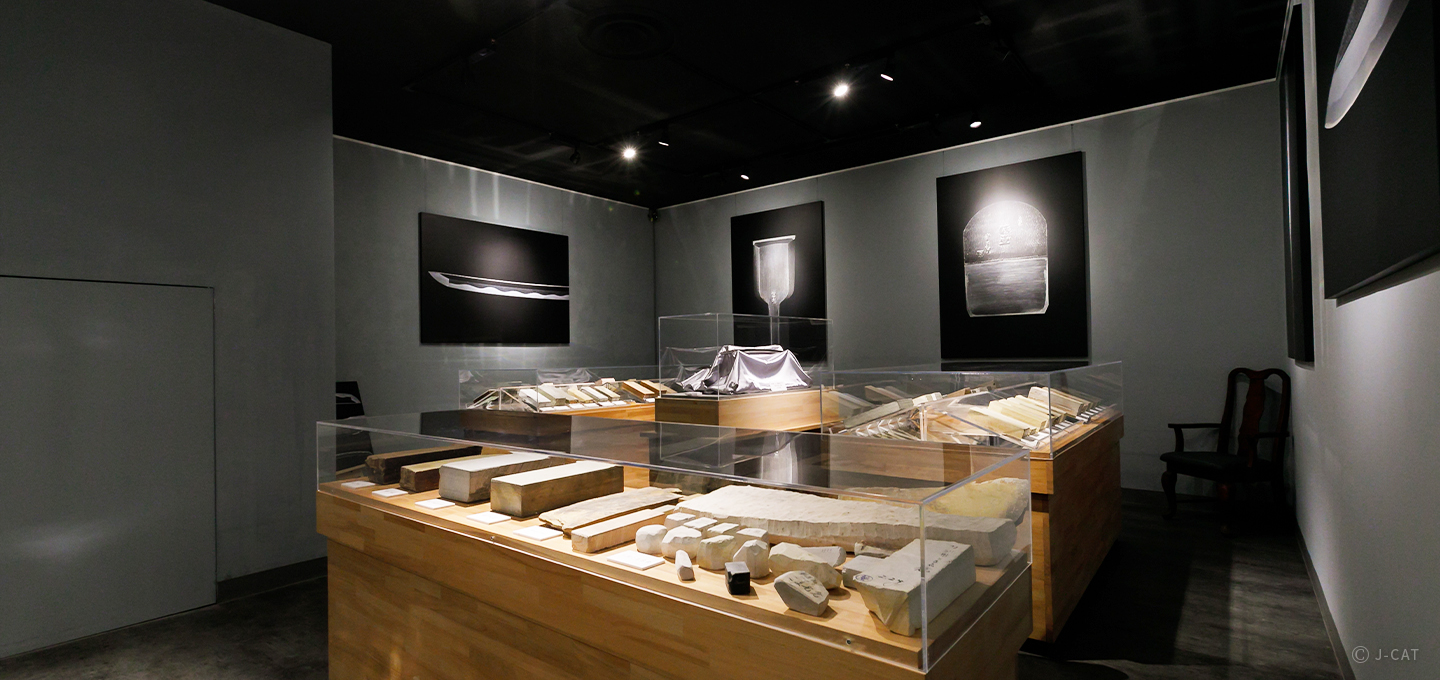
Special Experience
Kyoto
Available Today: Sharpen and Personalize Your Own Japanese Knife in a Premier World Hone Production Region
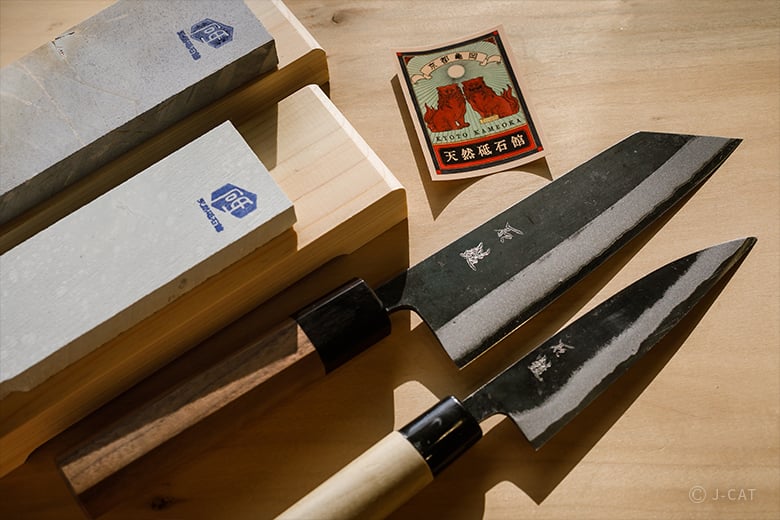
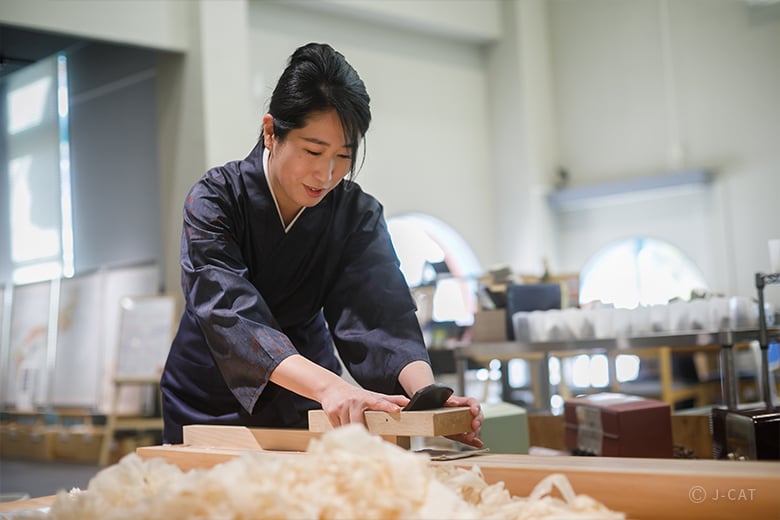
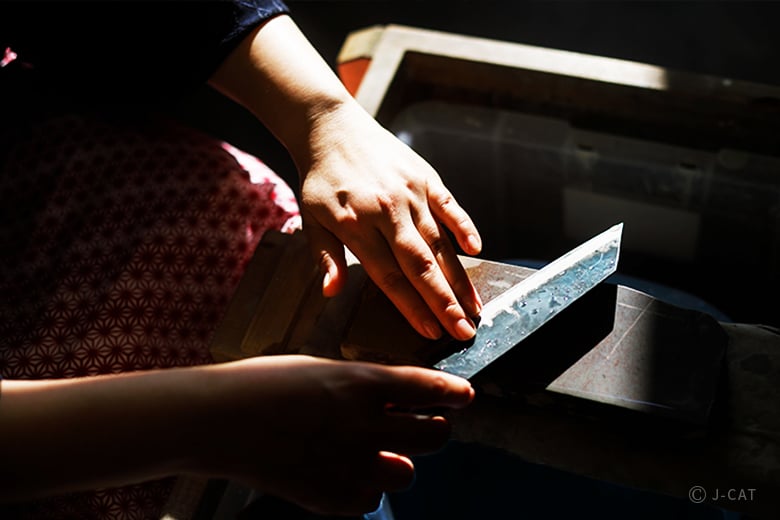
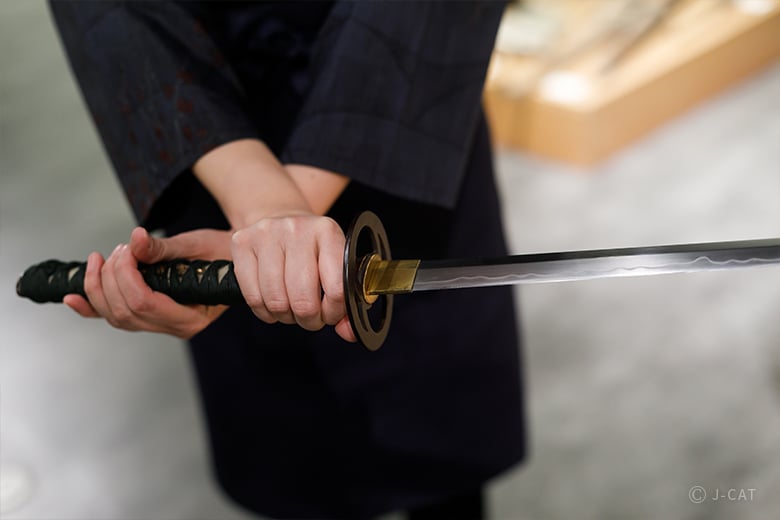
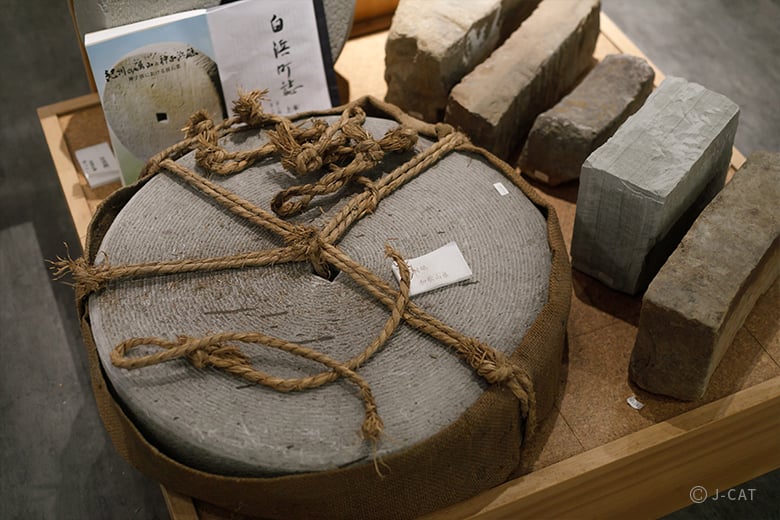
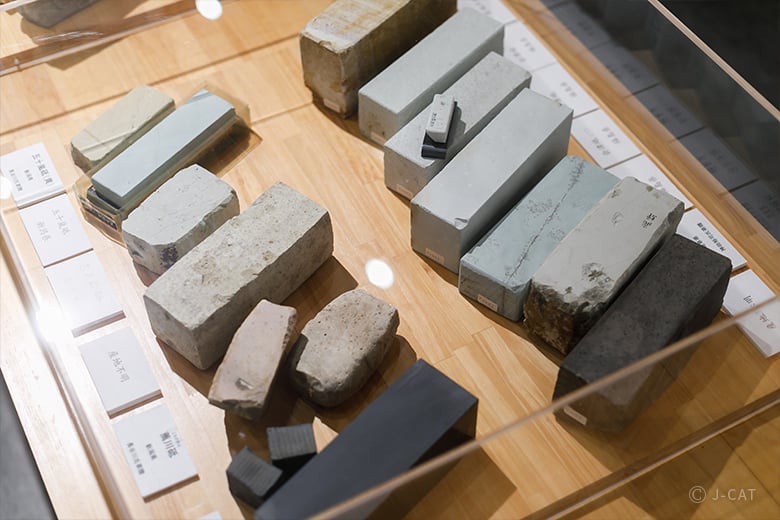
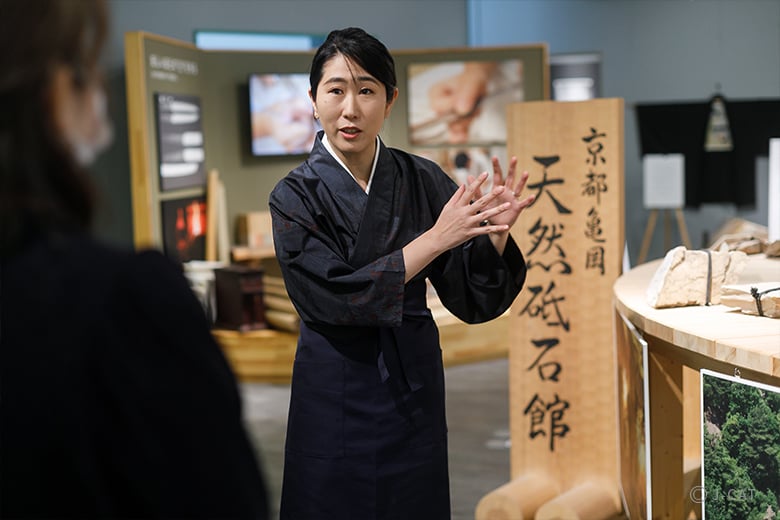
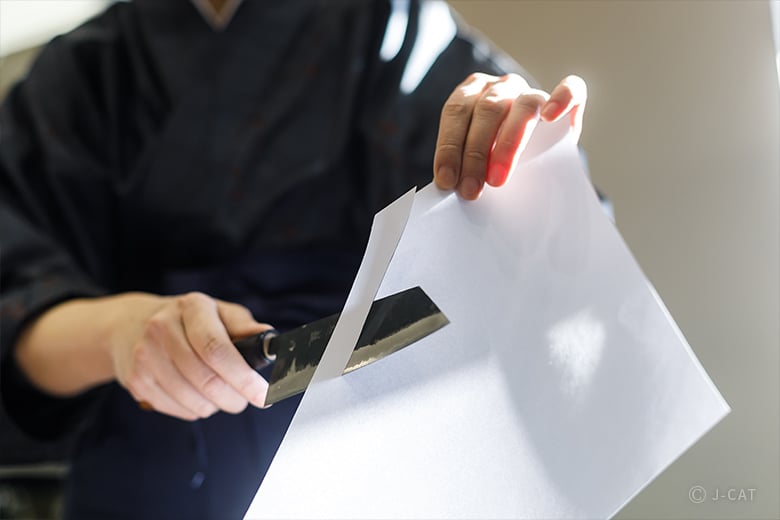
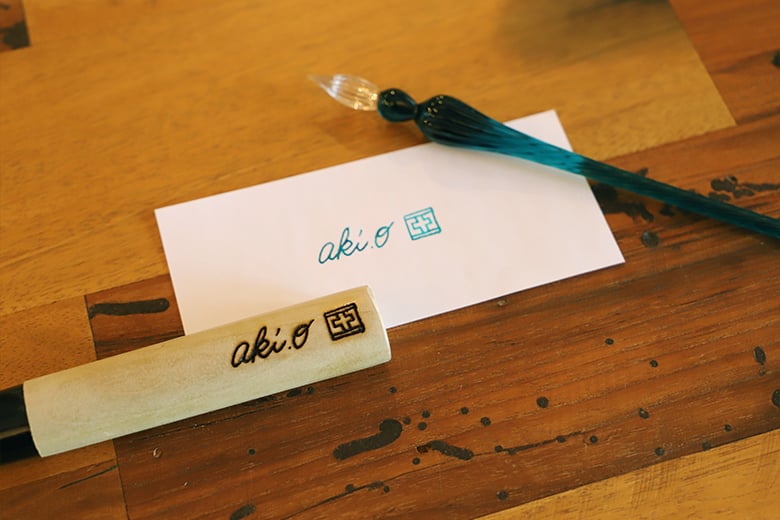
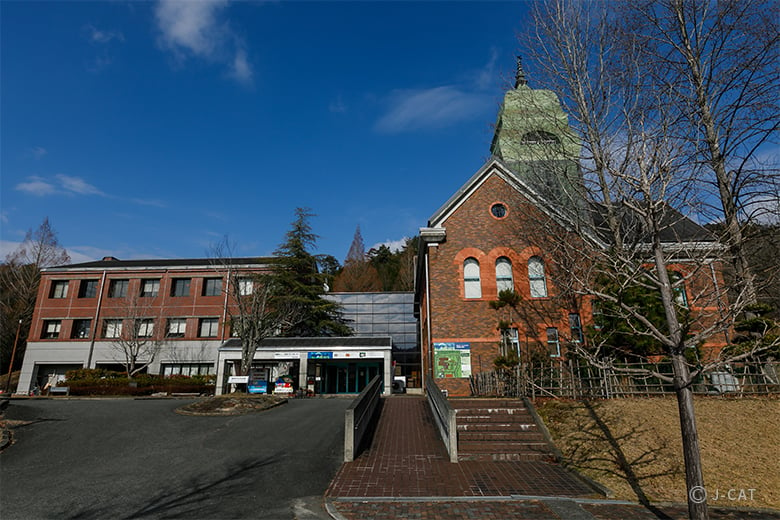
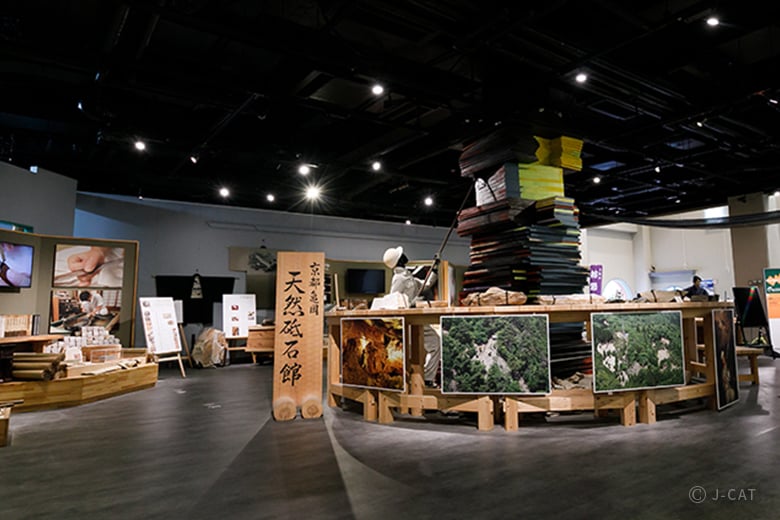
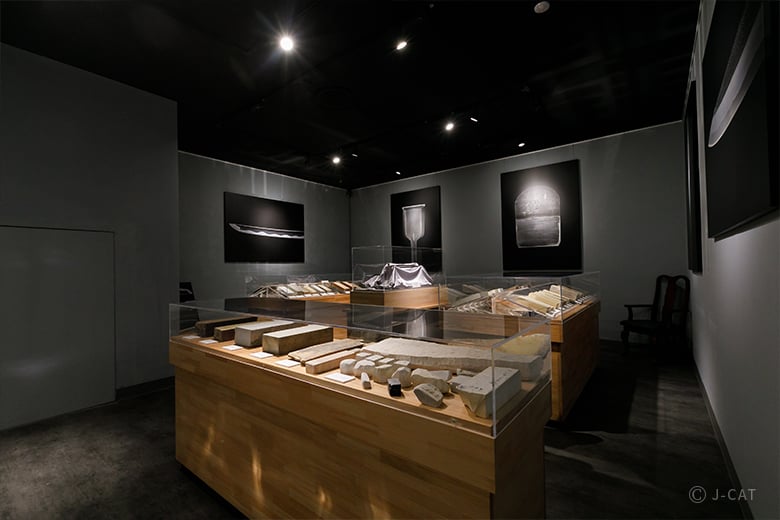
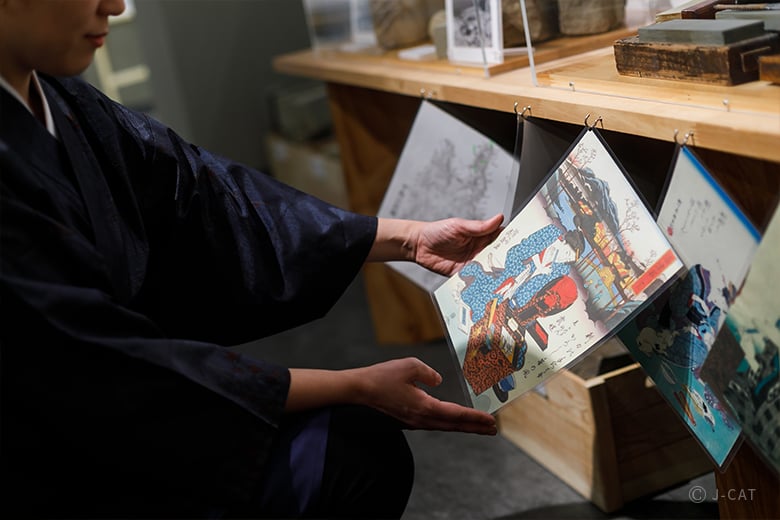
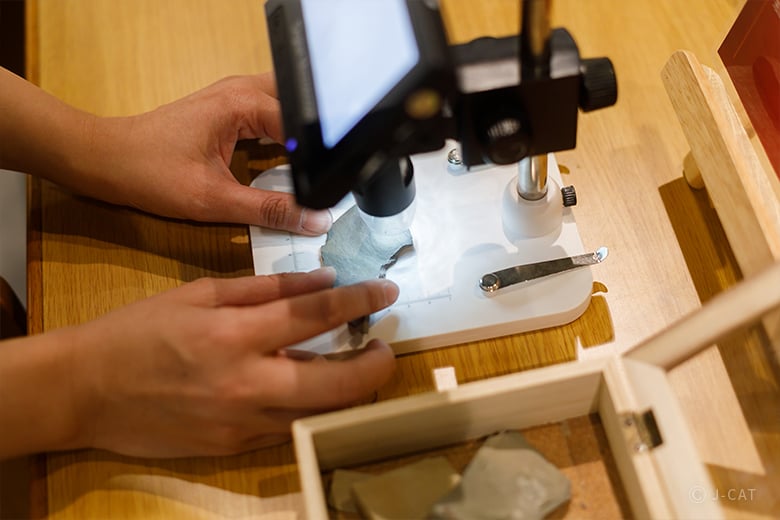
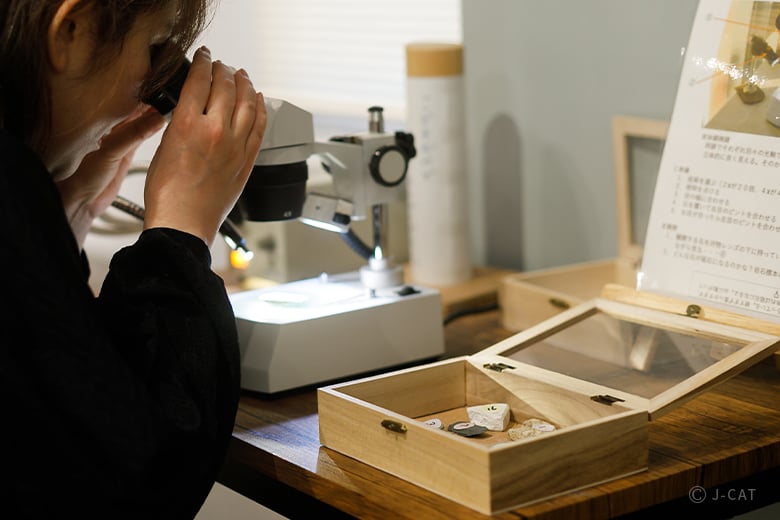
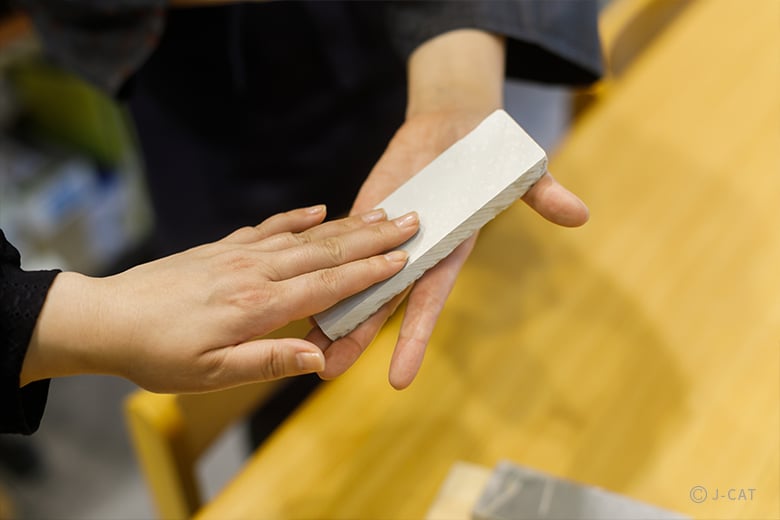
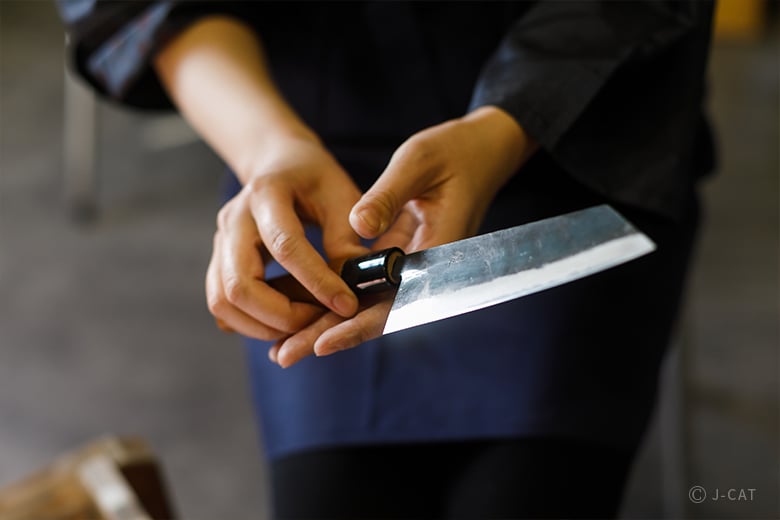
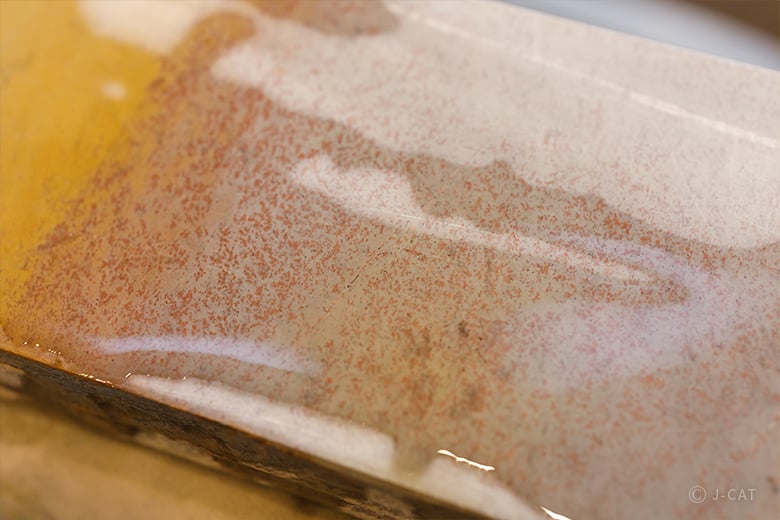


















Overview
The Tennen Toishi-kan, or Natural Whetstone and Hone Museum, is an interactive museum situated in the lush forests of Kyoto Prefecture’s Kameoka City, known for its world-class natural whetstone and hone production. This plan includes various hands-on experiences such as natural hone processing, knife sharpening, and test cutting – as well as a private tour from museum director Aki Tanaka, who does not usually make herself directly available for tours. Get up close and personal with traditional Japanese swords, kitchen knives, and carpentry tools like hand planes. As a keepsake, take home a natural hone paired with a highly sought-after Japanese culinary knife.
Key Features
・Dive deep into Japan’s artisanal culture, learning about Kyoto’s traditional natural hones and what makes them such prized tools among cutlery enthusiasts the world over.
・Enjoy an exclusive private tour from museum director Aki Tanaka, who is not typically available for tours
・Craft your own natural hone/whetstone and sharpen an engraved Japanese knife with it – then take both items home with you as keepsakes of the experience.
Kyoto
120mins
from ¥33,000 /person
1 - 6 participants
Available in English
Cancel free up to 6 days prior
Details
An Interactive Whetstone and Hone Museum in the Mecca of Natural Whetstones and Hones
Kyoto Prefecture’s Kameoka City has long been an important hub bridging the urban centers of Kyoto and Osaka with the surrounding countryside. In the Nara period, it grew as the political and economic center of old Tamba Province, and by the Heian period, it was a key crossroads connecting the capital with the San’in, Settsu, and Tango regions. It later sprouted up around Tamba Kameyama Castle, founded by the samurai general Akechi Mitsuhide during the 15th-16th Century Warring States Period. Here in a quiet forested area sits the Natural Whetstone and Hone Museum, a world rarity for both its focus on natural whetstones and its interactive exhibits. The whetstones and hones mined in Kyoto’s nearby Tamba Highlands are so highly regarded that Kameoka has come to be called the “Holy City of Whetstones and Hones” for both quality and variety. Visitors will find exhibits covering some 500 natural whetstone and hone specimens from not only Kameoka but other whetstone and hone regions of Japan and the wider world.

Visitors are greeted by a monument to whetstones and hones, adorned with motifs of mining and geological strata
Before she became the museum’s director, Aki Tanaka worked for a consultancy seeking to support overseas expansion of Japan's manufacturing industries. Upon learning that the museum’s previous director was retiring, she saw the clear next step for her experience and passions. “Natural whetstones and hones are an integral part of traditional Japanese artisanal life across such diverse fields as construction, woodworking, cuisine, and sword production and upkeep,” she says, “but despite this, modern mechanization has driven the natural whetstone and hone industry into decline with low-cost, mass-produced, and disposable alternatives to traditional tools. Still, I feel there is immense value in increasing people’s familiarity with natural whetstones and hones.”

Museum director Aki Tanaka continues to research the history and traditions of natural whetstones and hones
A Private Tour with the Director Herself into the History of Natural Whetstones and Hones
Visitors are greeted at the entrance by an installation evoking a natural whetstone and hone mine, in homage to the prominent role that such mining played in Kameoka’s history. Tanaka begins the tour here with the origins of this industry, dating back not several centuries but millions – 250 million years, to be exact – when sediments began accumulating deep down on the seafloor at a rate sometimes as gradual as a single millimeter per millennium. Eventually, plate tectonics thrust these sediments up to the surface of the present-day Japanese islands and transformed them under the awesome heat of molten granite.

An array of whetstones and hones from all over Japan attests to just how widespread such mining regions are in the country
Layered, fine rock hones known as awasedo, mined in Kyoto’s Tamba Highlands, are a resource that many a chef, imperial carpenter, and sword sharpener – to name just a few professions – will readily tell you they cannot do their work without.
In the museum displays, find exhibits on traditional Japanese swords, carpentry tools, and knives – all tools where precision sharpening is paramount – alongside displays of the world-class whetstones and hones themselves. Tanaka will shed light on each with her commentary, deepening your understanding of the crucial influence of such natural whetstones and hones on the development of Japanese bladed tools. Exclusive to this plan, you will also get a chance to hold a real Japanese sword, and use a traditional woodworker’s tool to experience planing high-quality Japanese cypress.

A rare opportunity to take a real Japanese sword into your own hands
At the display of world whetstones and hones, Director Tanaka introduces international visitors to whetstones and hones from their home countries or neighboring regions, among others, explaining the various characteristics of each in such a way that even those previously unfamiliar with the tools and craft can easily appreciate. The museum also has a microscope available for visitors to peer down at the tiny fossils embedded in the rock of the whetstones and hones, deepening their mysterious allure.
Fashioning a Finished Hone/Whetstone "Facing"
The Museum offers some 200 natural whetstones and hones for trial, along with traditional kuro-uchi forged kitchen knives. You can select from several types—such as the versatile santoku, the vegetable-cutting nakiri, or the slender koyanagi—depending on your cooking style. The stones include fine Kyoto hones once used for polishing Japanese swords, elegant white finishing stones from Fukushima prized worldwide, and mid-grit stones from Kumamoto with striking wood-grain patterns.

Choose your option on site after an explanation from Tanaka
Hones are produced by “facing,” or filing the raw rock on a diamond grindstone. This process causes purple spots to appear on the surface, often said to resemble lotus flower shapes. When the surface is flat and smooth, the stone is then attached to a cypress base made by a local carpenter, taking its finished form.

Lose yourself in the meditative act of filing the stone
By Sharpening and Polishing the Traditional Way, Discover the True Sharpness of Japanese Blades
The knives available to sharpen are both black-hammered blades of hagane steel from Yasuki, Shimane Prefecture, known for its historical roots in producing tamahagane sword steel. Black-hammered blades are hammered the old-fashioned way, by hand, and retain the oxide top layer produced in the forging and quenching process to provide better rust-resistance.
In this Wabunka original plan, have your knife handle laser engraved with your favorite characters. Choose your engraving on site from kanji, hiragana, the English alphabet, numbers, and so on. Engraving makes your knife a true one-of-a-kind original.

A knife made special with engraving
In finishing your knife, receive attentive instruction on how to hold it, position the hone, and sharpen effectively, so that even complete beginners can feel at ease.

Tanaka teaches you how to sharpen and finish the blade with your own hands
Test-cut a sheet of paper to measure the sharpness of your knife. The way a properly-finished blade glides straight through the paper with even the gentlest touch is incredibly satisfying. Next, receive advice on how to maintain your knife and hone, such as by using oils or other rust inhibitors.

Test-cutting a sheet of paper to measure sharpness
The Quiet Beauty of the Natural Whetstone and Hone: Foundation of Japanese Traditions from Swords to Cuisine, Architecture, and More
In recent years, Japanese culinary knives have charmed professional chefs and kitchen staff the world over with their high-performance quality, and the natural whetstones and hones traditionally used to maintain them have thus begun to follow suit. In this experience, learn all about these wonderful tools, make one of your own, and practice using it to sharpen your own knife.

Natural whetstones and hones, long an unsung but vital linchpin of Japan’s traditional cultural arts and industry
Japan’s volatile plate tectonics have blessed the land with top quality whetstone and hone material since time immemorial. Says Tanaka: “High quality natural whetstones and hones made possible traditions of high quality swords, culinary arts, architecture, and various other artisanal techniques, despite the whetstones and hones themselves taking a quiet supporting role. I hope to finally spotlight these vital tools and share them with the world.” Come and discover for yourself the beauty, power, and mystery of these ancient blessings cut from the living rock of the earth.
Natural Whetstone and Hone Museum

Natural Whetstone and Hone Museum
This hands-on interactive whetstone and hone museum in Kameoka City, Kyoto Prefecture exhibits the city’s famous Tanba Aoto and Awasedo alongside precious natural whetstones and hones from all over Japan and the wider world alongside works from the city’s various traditional industrial crafts, and aims to spread Japan’s traditional artisanal craftwork to future generations around the world.
Customer's Voice
Our hosts were knowledgeable and friendly. We learned alot.
L.O. United States
I love the place of the experience! I feel so grateful!
B.C.V. Mexico
It was great! I love learning more about topics that are directly applicable to me. AlLearning about the whetstone and history of it's use and application was very fascinating!
C.C. United States
Location
Natural Whetstone Museum
Kameoka, Kyoto
Request for booking
Select first preferred date (JST)
January 2026
Sun
Mon
Tue
Wed
Thu
Fri
Sat

Instant Booking

Request Booking

17
Full

17
Unavailable
Kyoto
120mins
from ¥33,000 /person
1 - 6 participants
Available in English
Cancel free up to 6 days prior
Things to know
Contact Us
If you have any questions, please contact us using the form below.
We also accept bookings from corporate clients and travel agencies.